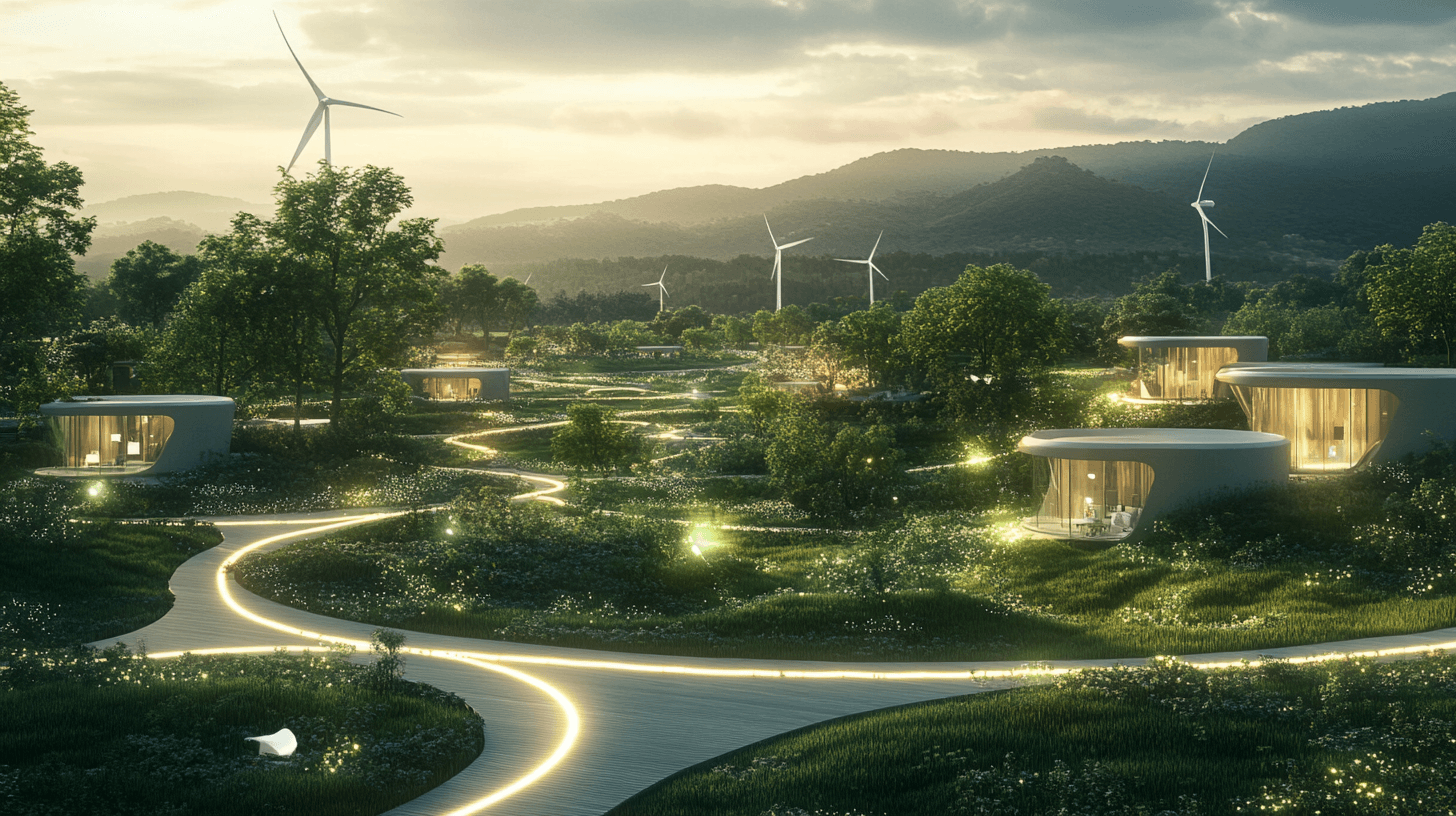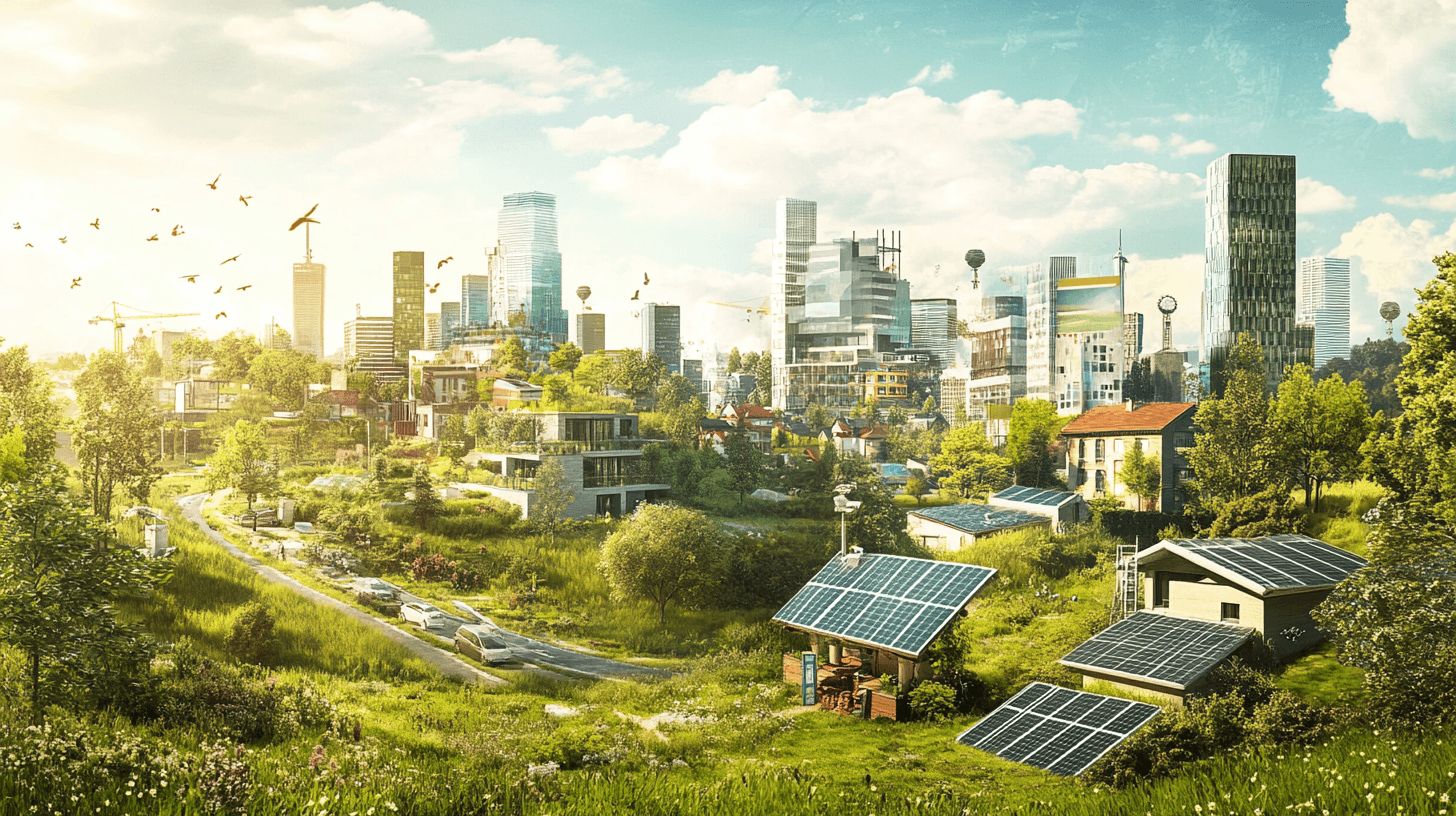In recent years, concerns about the environmental impact of digital technologies have gained significant attention. Headlines often highlight the massive energy consumption of cryptocurrencies and artificial intelligence (AI), portraying them as threats to sustainability. While these concerns are valid, they overshadow innovations that aim to make the internet and the broader digital ecosystem more environmentally friendly. One such innovation is the Internet of Edges (IoE)—a concept that could transform how we use and power the internet.
The Environmental Challenge of Digital Technologies
Modern technologies, from AI to blockchain, rely on centralized infrastructure: massive data centers scattered around the globe, running 24/7 to power the digital services we use daily. These facilities require enormous amounts of energy to process and store data, often depending on fossil fuels to meet their demands.
Cryptocurrencies, in particular, have been criticized for their energy-intensive “mining” processes. Popular cryptocurrencies like Bitcoin use more electricity annually than some small countries. Meanwhile, AI models require immense computing power for training and deployment, with a single large AI model consuming as much electricity as hundreds of homes over its lifecycle.
But these concerns, while legitimate, only tell part of the story. There’s an emerging wave of technologies aimed at decentralizing and distributing the internet’s infrastructure to reduce its environmental impact. Enter the Internet of Edges.
What is the Internet of Edges?
At its core, the Internet of Edges (IoE) represents a shift from centralized data centers to a distributed network of devices that process data closer to where it is generated. Think of IoE as tapping into idle devices—your laptop, smartphone, or even smart home gadgets—and turning them into small, local data centers.
Instead of sending data halfway across the globe to a central server, IoE-enabled systems process and store data locally. This approach reduces the need for long-distance data transmission, lowers energy consumption, and minimizes the carbon footprint of digital services.
Why the Internet of Edges is a Net Positive for the Environment
1. Energy Efficiency
IoE uses existing devices to process and store data. By tapping into unused capacity on these devices, IoE significantly reduces the reliance on energy-hungry centralized data centers. Processing data locally also avoids the energy-intensive back-and-forth of sending data across continents, which requires vast amounts of electricity to power servers, cooling systems, and network infrastructure.
2. Reduced Hardware Waste
Centralized systems often require the constant expansion of large data centers, leading to increased production of servers and hardware. These devices have a limited lifespan, contributing to electronic waste (e-waste). By repurposing idle capacity on devices already in use, IoE reduces the need for additional hardware, promoting a circular approach to technology.
3. Lower Latency and Greater Resilience
While not strictly environmental, IoE’s ability to process data closer to its source has other benefits. Services become faster and more resilient, as they’re less reliant on single points of failure in centralized networks. This efficiency translates to less redundant energy use caused by delays or system crashes, making IoE systems inherently more sustainable.
The Role of Decentralized Physical Infrastructure (DePIN)
IoE is closely linked to a concept called Decentralized Physical Infrastructure Networks (DePIN). DePIN represents networks that decentralize physical resources—like computing power, storage, and even internet connectivity—and enable users to participate in maintaining and benefiting from these networks. In simple terms, instead of large corporations owning and operating the infrastructure of the internet, individuals and small businesses can contribute their resources and earn rewards.
Projects built on DePIN principles include blockchain-enabled networks that use cryptocurrencies to incentivize participation. This decentralized model empowers communities while making digital infrastructure more sustainable by leveraging distributed resources.
Crypto Projects Leading the Way
Some crypto projects are already demonstrating the environmental potential of IoE and DePIN. Here are a few to watch:
1. Edge
Edge stands out as a project focused on shrinking the web’s carbon footprint. By leveraging decentralized infrastructure, Edge uses idle devices—such as home computers and smartphones—to process data. This approach reduces the distance data needs to travel and minimizes reliance on centralized servers. For users, it means lower costs and reduced environmental impact, making Edge a prime example of how IoE can create a sustainable digital future.
2. Helium
Helium has gained attention for building a decentralized wireless network. Users set up small “hotspots” in their homes, providing local connectivity while earning cryptocurrency. This model reduces the energy consumption of traditional cellular networks and offers an environmentally friendly alternative to centralized telecom infrastructure.
3. Filecoin
Filecoin enables decentralized storage by allowing individuals to rent out unused disk space. Instead of relying on massive data centers, Filecoin spreads storage across a global network of smaller, distributed devices, reducing energy usage and hardware waste.
4. Render Network
Render focuses on providing decentralized GPU computing power. AI, gaming, and other industries rely heavily on GPU processing, which is energy-intensive. By tapping into idle GPUs worldwide, Render distributes workloads efficiently, lowering the environmental cost of high-performance computing.
A Sustainable Digital Future
The Internet of Edges, supported by DePIN, offers a compelling vision for reducing the environmental impact of our increasingly digital world. By decentralizing the infrastructure of the internet, IoE not only reduces emissions but also promotes the efficient use of resources.
Critics of cryptocurrency and AI often paint a bleak picture of their environmental costs, but IoE projects like Edge show that innovation doesn’t have to come at the expense of the planet. By embracing decentralized, community-driven models, we can create a digital ecosystem that is both powerful and sustainable.
References
- Pauline Loygue, Khaldoun Al Agha & Guy Pujolle (2024). Carbon footprint of cloud, edge, and Internet of Edges. Springer Nature Link. Available online. Accessed 6th December 2024.
- Spyros Foteinis (2018). Bitcoin’s alarming carbon footprint. Nature. Available online. Accessed 6th December 2024.
- Kate Crawford (2024). Generative AI’s environmental costs are soaring — and mostly secret. Available online. Accessed 6th December 2024.




